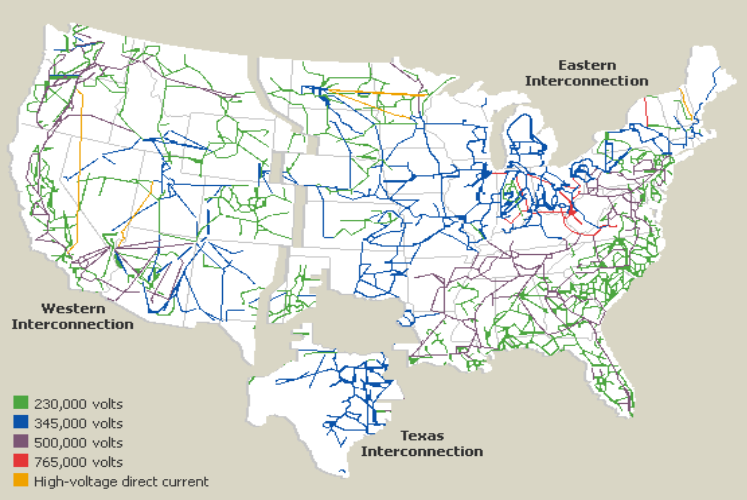

By using night lights to infer electrification, we make two assumptions: First, all settlements that generate detectable lighting are on the grid, and, second, all settlements that do not are off the grid. local time, which means they are dominated by all-night outdoor lighting. Using these night lights, we can see which communities regularly generate enough light to be detected from space. The most reliable and publicly available global indicator of electrification is nighttime radiance, which is collected by the VIIRS day-night band sensor on the SUOMI-NPP satellite. In order to achieve our goal, we needed to first find signs of electrification. Locating settlement-level electrification

We decided to instead try a predictive modeling approach, using indicators of electrification. In addition, vegetation, shadows, and nearby similar infrastructure made it hard to correctly identify MV grid lines. For one, the shape and orientation of poles and structures are so diverse in form that even large image training sets were insufficient to generate high-quality labeled examples. But there were significant challenges with this method. We initially tried a computer vision approach to detecting MV infrastructure, using high-resolution satellite imagery collected during the day.

Accuracy can be further improved through the addition of more locally relevant data. Thanks to this collaboration, we now have a model that generates grid paths within one kilometer of known grid locations about 70 percent of the time based only on publicly available data. The ESMAP team at the World Bank, energy experts from KTH and WRI, and professor Jay Taneja at UMass provided important support, including ground truth data data validation and feedback on model design, development, and performance. Our partners were valuable in ensuring that this work could address the needs of a diverse community. For example, local governments, businesses, and nonprofits can use it to understand where people need electricity or where to expand water pumping infrastructure to provide basic services. To the best of our knowledge, this is the most accurate globally scalable product of its kind.Īs we worked through our solution and began discussing it with our partners, several of them expressed interest and noted that this model could be helpful beyond just our initial purpose.
#US POWER GRIDS MAP CODE#
We are also sharing detailed documentation for replicating the model, and a segment of code developed specifically for this application. Today, we are releasing the output of this model for six countries through the World Bank’s open energy data repository. Together, we developed a new predictive model for mapping medium-voltage (MV) infrastructure using publicly available data sets. To find a more accurate picture using existing resources, we partnered with the Energy Sector Management Assistance Program (ESMAP) at the World Bank, KTH Royal Institute of Technology, World Resources Institute (WRI), and the University of Massachusetts Amherst. When we look for this information in developing countries, however, it is often outdated, inaccurate, or too low resolution to be useful. This information helps us make better decisions about where to focus our efforts, how we design the network, and how we source the equipment we’ll need. When planning connectivity deployments in emerging markets, it’s important to have a clear picture of where existing power lines are placed.


 0 kommentar(er)
0 kommentar(er)
